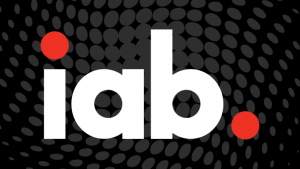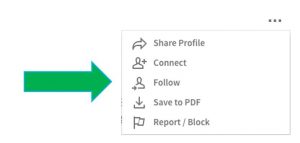
Fraudsters are always in the market for a lucrative new target. So what’s the most information-rich, security-poor victim they can exploit? A small business, of course.
According to the Association of Certified Fraud Examiners (ACFE), the typical organization loses a whopping 5% of their revenue to fraud each year. And small businesses are impacted disproportionately harder by fraud with a median loss of $ 154,000.
Thankfully, there are a few tricks small business owners can use to combat potential fraud. You just have to start by looking at the main entry points of exploitation: occupational fraud, cyberattacks and identity theft.
Occupational Fraud
Occupational fraud is the low-lying threat from within. It occurs when an employee secretly siphons funds from your small business. Everything from falsifying expense reports to stealing petty cash from your register falls under the occupational fraud umbrella.
So how can you combat a crime that hits so close to home? Take proactive measures to eliminate the “fraud triangle.” The fraud triangle is a model depicting the ingredients that produce an ideal setting for occupational fraud — pressure, opportunity and motivation. Here are sound tips to build barriers against occupational fraud:
- Conduct background checks
Avoid hiring a potential fraudster by conducting a thorough background check. Review their employment and criminal history and verify all of their references.
- Implement a checks and balances system
Foil a fraudster’s opportunity by having multiple individuals oversee finances. For example, have two employees review expense reports and have both the manager and cashier count the cash register at close.
- Identify potential pressures and intervene early
Family issues, drug and gambling addictions and credit problems are some of the most common pressures that will drive an employee to commit fraud. Talk to employees frequently and take immediate action, within reason, to alleviate potential pressures.
- Enact an anonymous tip hotline
The ACFE found that anonymous tips are the most effective way to detect occupational fraud. Make sure employees have an anonymous outlet to voice fraud concerns, such as a hotline.
- Develop a code of ethics
Print out your code of ethics and post it in a highly visible, employee-only area. Keep it clear and concise and make sure employees are well versed in these moral expectations you have set for them.
Cyberattacks
By now you’re familiar with hackers making headlines for breaching big-name retailers like Target and The Home Depot, but did you know they actually favor attacking small businesses? Symantec reports that 60% of all targeted attacks struck small and medium-size organizations. Protect your business and customer data in a few simple steps:
- Have a password policy
Passwords are your first line of defense. Make sure employees change passwords every 90 days and set rules to ensure passwords are unique and complex.
- Use a dedicated computer for banking
Designate one computer for all online financial transactions and prohibit any potential risky activities — email, social media, general web surfing.
- Multi-factor Authentication
Enable multi-factor authentication on all of your online accounts. This requires users to verify their identity in at least two separate ways, making it harder for hackers to weasel their way in.
- Keep software up-to-date
Software updates are typically created to fix a newly discovered flaw in a program. Update your device as soon as the latest software version becomes available. Ignoring updates may expose you to malware, viruses and hackers.
- Encrypt your data
Encrypt sensitive customer and business data. This prevents anyone from intercepting plain-text messages, including payment card information.
Identity Theft
How does identity theft impact a business? Identity theft and identity fraud do not just target individuals — businesses can be impacted as well, especially small businesses.
Identity fraud occurs when someone exploits your existing financial accounts. Identity theft occurs when completely new lines of credit are opening in your or your businesses’ name. Fraudsters typically get enough information about a business or the business owner to commit these crimes through data obtained from data breaches or through a close relationship with the victim (employee, friend, family member).
If a business owner is impacted by identity theft, it can have a direct effect on the business. Protect your personal and business financial accounts with a few basic best practices for defending against identity theft and fraud.
- Review financial statements often
Review your personal and business bank records frequently to detect unfamiliar transactions. Report any suspicious activity to your financial institution immediately.
- Don’t ignore pre-approved credit card offers
These may seem like harmless junk mail, but fraudsters can easily exploit them to open new lines of credit in your name. Dispose of all credit card offers appropriately, and immediately inquire about any unfamiliar credit approvals or denials you may receive in the mail.
- Review your credit report
Visit AnnualCreditReport.com to receive a free credit report from all three of the major credit reporting bureaus. You are eligible to receive this complimentary service once per year.
By taking proactive measures to mitigate the damage from these three common fraud avenues, you and your small business can focus on what matters most. Have you ever experienced fraud in your small business? Let us know your experience in the comments.
(191)








